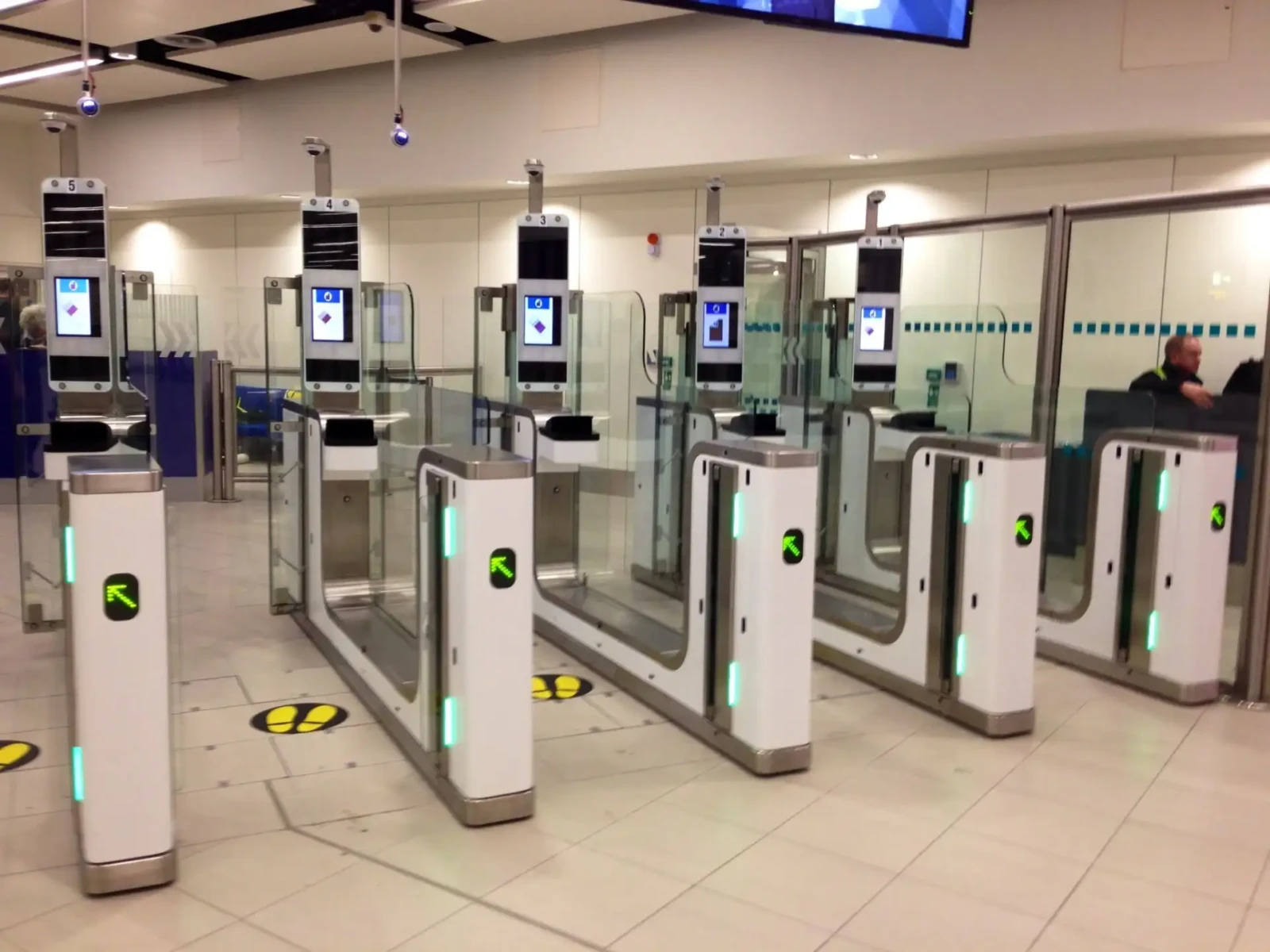The European Union’s Entry/Exit System (EES) officially launched on October 12, 2025, representing a major leap forward in managing borders for non-EU travelers. Designed to replace the traditional method of passport stamping, the EES employs a digital system to enhance travel efficiency and security within the Schengen Area.
As an automated IT platform, the EES registers non-EU nationals visiting for short stays, specifically up to 90 days within any 180-day timeframe, whenever they cross external borders of participating EU nations. It collects vital data, including passport details, facial images, and fingerprints, storing this information electronically. This modernization aims to streamline border checks, minimize processing times, and increase security through real-time tracking of travelers’ movements.
The rollout of the EES will occur gradually over six months, with complete implementation anticipated by April 10, 2026. During this period, border authorities will phasingly introduce the system at multiple crossing points, allowing travelers and personnel to acclimate to the new operations, thereby ensuring a smoother transition with minimized travel disruptions.
By eliminating manual passport stamps in favor of electronic documentation, the EES seeks to reshape border management, making travel more efficient and secure for non-EU visitors. This system is expected to significantly reduce wait times at border crossings, improve the identification of overstayers, and enhance the overall travel experience within the Schengen Area.
Travelers are advised to familiarize themselves with the new procedures and make sure they have the necessary biometric data readily available when crossing EU borders. Further details on the EES and its implementation can be found on the official European Commission website.









Leave a comment